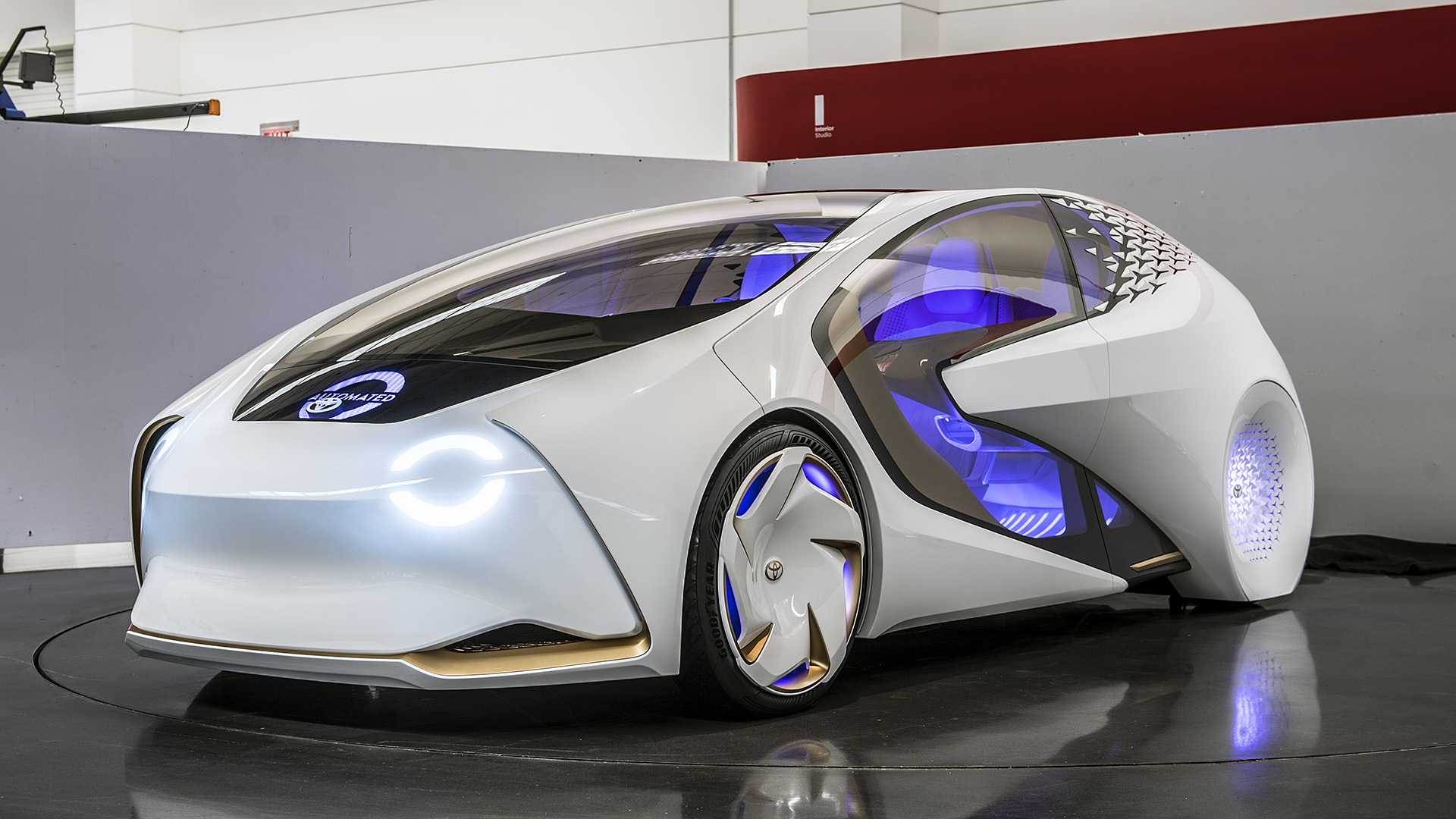What Happens to EV Batteries After Use? Electric vehicles have revved up the future of transportation, reshaping not only how we drive but how we relate to energy itself. With their silent motors and sleek designs, EVs are often seen as the pinnacle of innovation. Yet behind every high-voltage ride lies a vital question: what happens to those massive, complex batteries once they’ve hit retirement age?
The lifecycle of an EV battery doesn’t end when the car does. These energy behemoths embark on a second act—sometimes a third—before they are finally disassembled, reprocessed, and reborn. At the heart of this remarkable journey lies EV battery recycling, a rapidly evolving field fusing environmental necessity with industrial ingenuity.

The Lifecycle of an EV Battery
Stage 1: From Assembly Line to Asphalt
When EV batteries are born, they’re engineered for endurance. Packed with lithium-ion cells, they’re designed to last 8 to 10 years—sometimes more—with capacity loss being their biggest adversary. As they age, energy efficiency declines, and once they drop below 70–80% of their original capacity, they’re no longer ideal for driving.
Even when a battery has outlived its automotive usefulness, it still has enough charge to power homes, stabilize grids, or serve in less energy-intensive roles. This phase marks a pivot to the battery’s second life.
Stage 2: The Second Life — Storage Renaissance
Retired from the road, many EV batteries get a new lease on life—literally. They’re repurposed to store renewable energy, acting as backup systems for solar panels, wind farms, or data centers. This is not just thrifty; it’s visionary.
Large-scale applications include community microgrids, off-grid installations, and even emergency power solutions for hospitals and disaster zones. By leveraging the remaining capacity in these batteries, we delay the resource-heavy process of full recycling and contribute to grid resilience.
Repurposing is often the unsung hero of EV battery recycling, giving these power packs a graceful and impactful encore.
Breaking Down the Recycling Process
Step 1: Collection and Transportation
The first hurdle is logistics. Retrieving spent batteries from countless EVs spread across continents is no small feat. Specialized containers, regulated transport, and traceability are essential to keep this process safe and efficient.
Step 2: Diagnosis and Disassembly
Not all batteries are equal at the end of their lives. Some arrive bloated or thermally unstable; others merely need a second opinion.
When disassembly is necessary, each module is carefully removed, evaluated, and sorted. Reusable components are set aside. The rest continue to the next phase.
Step 3: Shredding and Separation
Mechanical separation targets metals like copper, aluminum, and steel, while plastics are sieved out. What remains is a gritty substance known as black mass, rich in lithium, cobalt, nickel, and manganese.
Step 4: Chemical Processing
Here’s where the real magic happens.
There are two primary pathways to retrieve critical materials from black mass:
- Pyrometallurgy: High-temperature smelting that burns away organic compounds and isolates metals. It’s effective but energy-intensive.
- Hydrometallurgy: A more eco-conscious alternative using solvents and leaching agents to dissolve and recover metals. This method is cleaner, more efficient, and growing in popularity across the EV battery recycling sector.
The final product is a series of high-purity materials ready to be fed back into the battery supply chain, reducing dependence on virgin mining.
Why EV Battery Recycling Matters
Environmental Impact
Mining for lithium, cobalt, and nickel is not only resource-intensive—it’s ecologically and ethically problematic. By implementing robust EV battery recycling programs, we conserve finite resources, reduce water and energy use, and mitigate the environmental degradation caused by traditional mining.
Moreover, recycling cuts down on toxic waste. Batteries that end up in landfills pose a serious threat to soil and groundwater, leaching harmful chemicals over time. A circular approach to battery life prevents this, protecting ecosystems and communities.
Economic Opportunities
There’s gold in those old batteries—figuratively speaking. The economic potential of recycled battery materials is enormous. As the EV market surges, the value of reprocessing components from old batteries is becoming a linchpin in sustainable industry.
The demand for lithium-ion materials is skyrocketing, and EV battery recycling presents an opportunity to meet it without overburdening natural resources. Countries with robust recycling infrastructure stand to gain economically while enhancing energy security.
Energy Independence
Recycled materials reduce reliance on volatile global supply chains. Many countries depend on imported cobalt from regions plagued by conflict or instability. Recycling changes the equation, fostering domestic supply loops and cushioning against geopolitical shocks.
Innovation and Industry Leaders
Redwood Materials (USA)
Founded by a former Tesla executive, Redwood Materials is rewriting the rules of battery lifecycle management. Their goal is simple yet profound: close the loop. Through advanced hydrometallurgical systems, they reclaim over 95% of critical battery elements.
Li-Cycle (Canada)
This company employs a patented Spoke & Hub model that emphasizes decentralized collection (spokes) and centralized processing (hubs). Their process is clean, efficient, and scalable, positioning them as a leader in modern EV battery recycling.
Umicore (Belgium)
An industry veteran, Umicore uses a hybrid process combining pyro- and hydrometallurgy. Their plant in Hoboken is one of the world’s largest, capable of processing thousands of tons of battery waste annually.
Tesla’s Closed-Loop Ambition
Tesla isn’t just building batteries—it’s also reclaiming them. Through vertical integration, they’re designing battery systems with end-of-life in mind, ensuring minimal waste and maximal reuse.
The Challenges Still Ahead
Variability in Battery Design
Each EV manufacturer has a unique design philosophy. This diversity makes it harder to automate disassembly and standardize recycling processes. Modular, universally compatible battery packs could resolve this issue, but the industry has yet to converge on a standard.
Safety Hazards
Aging batteries are unpredictable. Swollen cells, short circuits, and chemical leaks pose real dangers. As such, storage and handling demand airtight protocols and highly trained personnel.
Limited Infrastructure
Despite progress, global EV battery recycling capacity is still catching up with the rapid adoption of electric vehicles.
The Future of EV Battery Recycling
Circular Manufacturing
In the next decade, expect battery production and recycling to become symbiotic. Manufacturers are increasingly designing batteries with dismantling in mind—easy to open, clearly labeled, and modular. These design changes will streamline the recycling process, reduce costs, and improve material recovery rates.
Digital Tracking with Blockchain
This innovation ensures transparency, tracks environmental impact, and confirms responsible recycling practices throughout the supply chain.
Artificial Intelligence and Robotics
AI and robotics will play pivotal roles in future EV battery recycling systems. From sorting materials to identifying reusable cells, intelligent automation will increase efficiency while reducing human risk.
Policy and Regulation
Governments around the world are stepping up. The European Union’s Battery Regulation mandates minimum recycled content, carbon footprint labeling, and strict collection targets. The U.S. is funneling billions into green energy and battery recycling through the Inflation Reduction Act.
China, already a powerhouse in battery production, is also investing heavily in recycling. National laws require manufacturers to take responsibility for battery disposal, fostering a mature and proactive ecosystem.
Empowering Consumers
End users are vital to the success of EV battery recycling. Awareness campaigns, return incentives, and accessible collection points can empower individuals to contribute to a more circular economy.
Some automakers already offer trade-in bonuses for turning in used EV batteries. Others are partnering with recycling firms to offer free collection services. As these programs expand, consumer participation will become more seamless and widespread.
Conclusion
The story of an EV battery doesn’t end when the car is parked for good. In fact, its post-automotive journey may be even more impactful.
EV battery recycling stands at the crossroads of environmental necessity and technological ingenuity. As innovation accelerates, so too does our capacity to turn yesterday’s battery into tomorrow’s solution. It’s a vision where waste becomes resource, and endings spark new beginnings.
In this electrified age, ensuring that every lithium-ion cell completes its full circle isn’t just smart—it’s essential.







